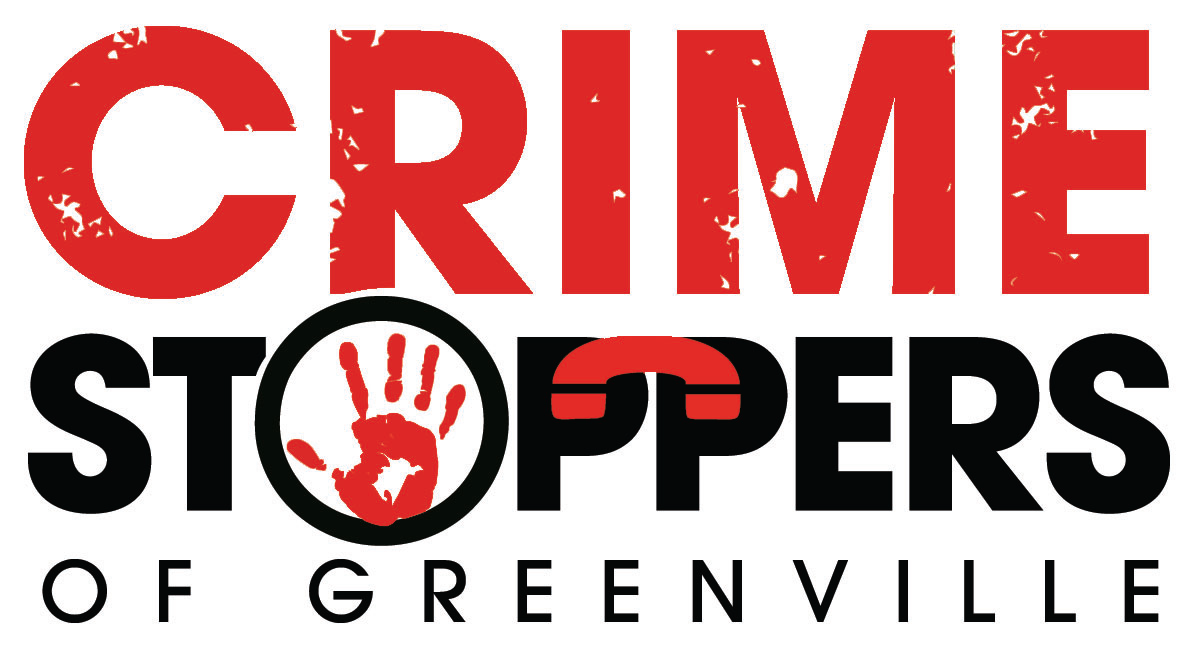History
HOW CRIME STOPPERS BEGAN
When a young college student, Michael Carmen, was shot to death during a robbery at an Albuquerque, New Mexico gas station in July 1976, Detective Greg MacAleese had no idea who was responsible for the killing.No witnesses came forward and it appeared the senseless and brutal shotgun slaying would remain a mystery.
MacAleese, who worked for a newspaper before joining the Albuquerque Police Department, knew something innovative would be necessary to encourage the public to get involved and help solve the murder. He then conceived the idea of producing a video re-enactment of the homicide, guaranteed anonymity for anyone who was willing to call him with information, and put up a reward from his own pocket to encourage someone to provide a lead that would help identify those responsible for the murder of Carmen.
It seemed almost unnecessary to take such extraordinary steps to solve the killing of Carmen. This was a case that should have outraged the community and brought forth many witnesses but it had not. Carmen was only two (2) weeks away from getting married and had taken an extra shift at the gas station to give a co-worker the night off. When police responded to the emergency call, they found Carmen gravely wounded. He had been shot in the abdomen at point blank range with a 12-gauge shotgun. The medical staff kept him alive for four (4) hours and during that time he tried to tell detectives who was responsible, but he just didn't have the strength to form the words.
At that time Albuquerque had one of the highest per capita crime rates in the country and people were afraid to help the police. But, eventually MacAleese's plan to identify those responsible for killing Carmen worked. Within a few hours after the recreation of the murder was broadcasted on television station KOAT, he received a phone call. The video image had triggered the memory of a person who heard a loud bang in the vicinity of the gas bar and then saw a car driving off. The caller told MacAleese the vehicle belonged to a resident in a nearby apartment complex. From that tip, MacAleese and a team of detectives continued their investigation and arrested two (2) men within 72 hours. They were charged with the murder of Carmen and a string of armed robberies.
Additionally, MacAleese received other calls following the reenactment, including one that allowed police to solve the rape of a young woman. Realizing that this type of program might be useful in fighting crime, MacAleese convinced the Albuquerque Police Department to allow a group of citizens to establish the first Crime Stoppers program. For his efforts Detective MacAleese was named one of the people in the 1970's who changed the face of the United States and was also named the country's Police Officer of the Year. It's also interesting to note that since adopting Crime Stoppers Albuquerque's crime rate has dropped significantly and no longer is ranked in the list of 20 cities with the highest per capita crime rate.
CRIME STOPPERS OF GREENVILLE
In June 1982, a group of concerned citizens and local media teamed up with local law enforcement to form the County's first Crime Stoppers program. Our local chapter was modeled after the original Crime Stoppers program from 1976 in Albuquerque, New Mexico. By following their lead, the Crime Stoppers of Greenville chapter has been very successful in its efforts.
Countless callers have given information about criminal activity in their area. This has helped local law enforcement agencies successfully close more than 10,600 cases. These case lead to over 3,700 arrests, the recovery of more than $6.5 million in stolen property, narcotics, cash, and other contraband.
Approximately every three (3) weeks, a local crime is broadcasted over the radio and television, and an article appears in local newspapers encouraging tipsters to call. Callers are given confidential numbers that are the only traces of identification provided to both informants and local law enforcement. If the information given leads to an arrest, the informant is given a check from the Crime Stoppers of Greenville organization. This check is left at a local bank with only numbers to indicate the recipient. Approximately $250,000 has been paid to local informants.
Crime Stoppers of Greenville works! For more information on this rewarding program, or if you have any information on a crime of any kind, please call 23-CRIME.
